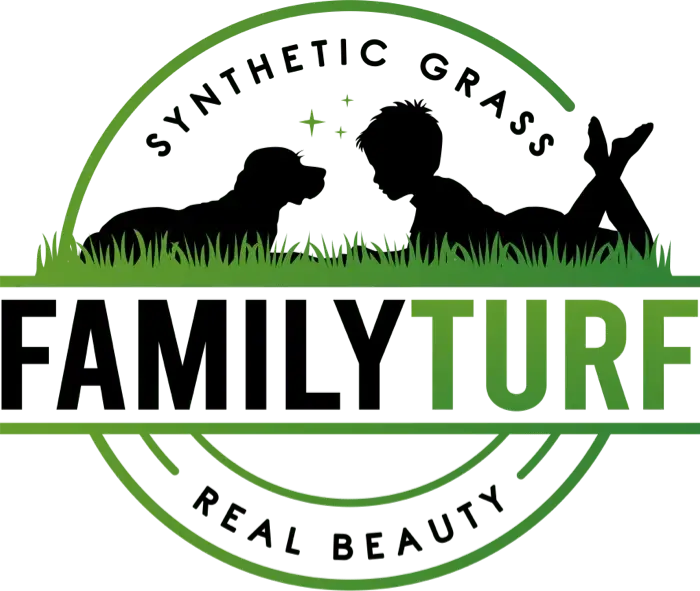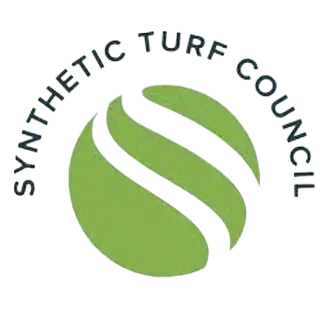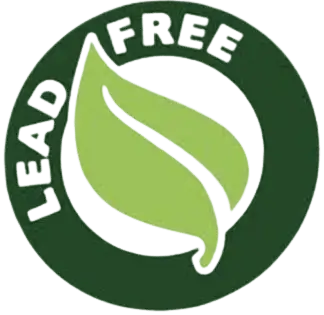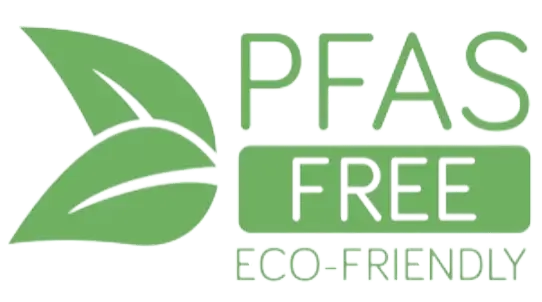How to Clean Synthetic Grass
While synthetic turf is frequently advertised as low maintenance, it nevertheless requires some maintenance. The following are a few suggestions we’ve compiled by talking to turf users similar to you to help maintain the grass well-maintained.
Unique Cleaning Needs
Fake grass does not have identical needs or threats as real grass. Artificial lawns will not become overrun with weeds or pests because of their synthetic surface. However, it may be prone to different kinds of harm. These tips will help you avoid such issues with ease.
Loose Debris
Start by removing objects like toys, rawhides, or large branches by hand. Then, you can use a leaf blower to remove light debris like fallen leaves and twigs [[quickly|rapidly|easily].3301 Next, blow everything that the leaf blower can toward a designated area of your yard, making clean up even faster. Next you can gather up the whole pile for cleanup.
Mild Stains
Life happens. Sometimes it happens on grass. Dishes can fall off tables at cookouts, drinks get accidentally tipped, and pets use grass as their potty. The steps to clean up are simple for stains like soda, alcohol, coffee, tea, urine, blood, and other common substances. You will need to:
- Wipe up spills quickly so they won’t leave a persistent blemish by blotting up the spilled liquid with a towel or kitty litter.
- Rinse the area with a blend of water and mild soap.
- If you need a more potent cleaner, consider using a turf-safe disinfectant/cleaner.
- Rinse thoroughly with a hose to remove the cleaner.
- If stains still persist, repeat the process.
Tough Stains
If you are stuck with something more stubborn like melted crayons, it can be trickier to completely clean than a simple spilled drink. If you have tried to remove the stain with the mild soap more than once, you can try mineral spirits.
- Wear gloves and heavy overshirts/pants to avoid skin irritation, and wear a respirator to avoid noxious fumes.
- Start by soaking a soft rag in mineral spirits. After that, carefully wipe off the dirty blades of your turf.
- VITAL: Make sure that the solution doesn’t go past the grass blades and get under the turf, as this can result in major damage to your artificial grass.
- Rinse gently the area with a hose and dab up any excess liquid.
Sticky Stuff
If you’re dealing with sticky items like gum, dried paint, crayons, lipstick, or tree sap, you can start by trying to gently lift it off your lawn. Use caution that you don’t cut off the blades as you are scraping. Follow the grass in an upward direction with the knife to avoid ruining it. If you cannot remove it this way, try freezing the sticky material first with ice or dry ice and scrape again.
Pet Waste
If you have dogs, you are familiar with cleaning up their droppings in the yard. With artificial grass, you will not experience the frustrating discolored areas from urine — your grass will always be green! Cleaning up dog feces on synthetic turf is not hard. Simply allow solid waste to dry before removing it. We do recommend dedicated pet turf, which has tailored backing and infill to let urine drain quickly and efficiently with no foul smell.
Avoiding Damage
Although most stains are easily removed from synthetic grass, there are a few safety measures to bear in mind, so you won’t damage the synthetic grass.
No Open Fires
You should be careful not to have an open fire near your synthetic turf. Even the smallest ember can escape from the fire. The turf will not catch fire, but the embers will melt the plastic in your turf. Consider building a patio area using stones or gravel with ample seating space and install fireproof barrier for the fire pit. Also be careful not to set off firecrackers or anything else that can cause fire damage.
Don’t Drive On It
While artificial turf can handle a lot of weight, driving a vehicle on it is not recommended. The motion of the wheels can damage the fibers and infill. This will cause the grass to start pulling away from the backing material and eventually lead to tears. Excessive weight will also cause the surface to flatten and you will have indentations that are difficult to fix.
Use Chemicals With Care
Whenever you use pesticides and herbicides, it’s important not to let them contact your artificial grass. Pesticides and herbicides will have a negative reaction with the surface of the grass, this might cause burned patches. Additionally, keep gasoline and other vehicle fluids away from the grass to avoid similar problems. If you must use chemicals or paint near the turf, it’s a good idea to lay a heavy-duty protective tarp on top of the grass to mitigate any possible damage.
Be Mindful of Sharp Items
As it may seem, pointed objects can damage your artificial grass. The sharper-edged the thing, the bigger the risk. Sharp-pointed landscaping tools, sharp-edged furniture legs, and tools for home use have the potential to slash your beautiful turf, so be cautious using any of these items. We recommend using furniture leg protectors to avoid damage.
Routine Care
In addition to regular use, fake grass owners should take some time for a routine cleaning schedule to maintain the integrity and life span of their product. By following an established routine of eliminating leaves, hosing down frequently (in drought prone areas), and cross brushing will keep your grass looking wonderful for years to come.
Equipment You Need
To keep your grass looking healthy, there are several essential tools you will want to have. Here’s a summary:
- Garden Hose: If you live in a rainy area, this will be less of a necessity, but still helpful for spraying the grass during droughts.
- Leaf Blower: You can use a leaf blower to clear lightweight debris quickly. Opt for one that has a vacuum option, so you can use it like a sweeper, too.
- Plastic Bristle Rake: Don’t use metal rakes because they are too rough, but plastic rakes will help you revive the grass to be perky again.
Clean, Rinse, Brush, Repeat
There are four main steps to caring for artificial grass regularly. These steps should be done on a monthly basis, and if possible, every week:
Step 1: Remove debris from the grass. This is critical after inclement weather. Eliminating branches will protect your grass from harm.
Step 2: Rinse regularly with a garden hose. Clean water is all you need to remove dirt. If you are in a place with frequent rainfall173, you won’t have to rinse the grass almost.
Step 3: Brush the grass against the grain, especially in places where people walk frequently. Cross brushing against the grain will stop the turf fibers from becoming matted.
Step 4: Let the grass dry for a half hour to 60 mins before resuming normal activities.
Final Thoughts
Artificial turf is an excellent choice for some Huntington Beach homeowners and commercial properties alike. Although it needs way less maintenance than traditional grass, there are still some tasks you’ll have to do to keep it looking great. By following these steps, we’re confident you can have a perfect lawn all year long!
If you haven’t gotten a fake grass lawn yet and are still contemplating, contact Family Turf Wholesalers today for a no-cost estimate.



